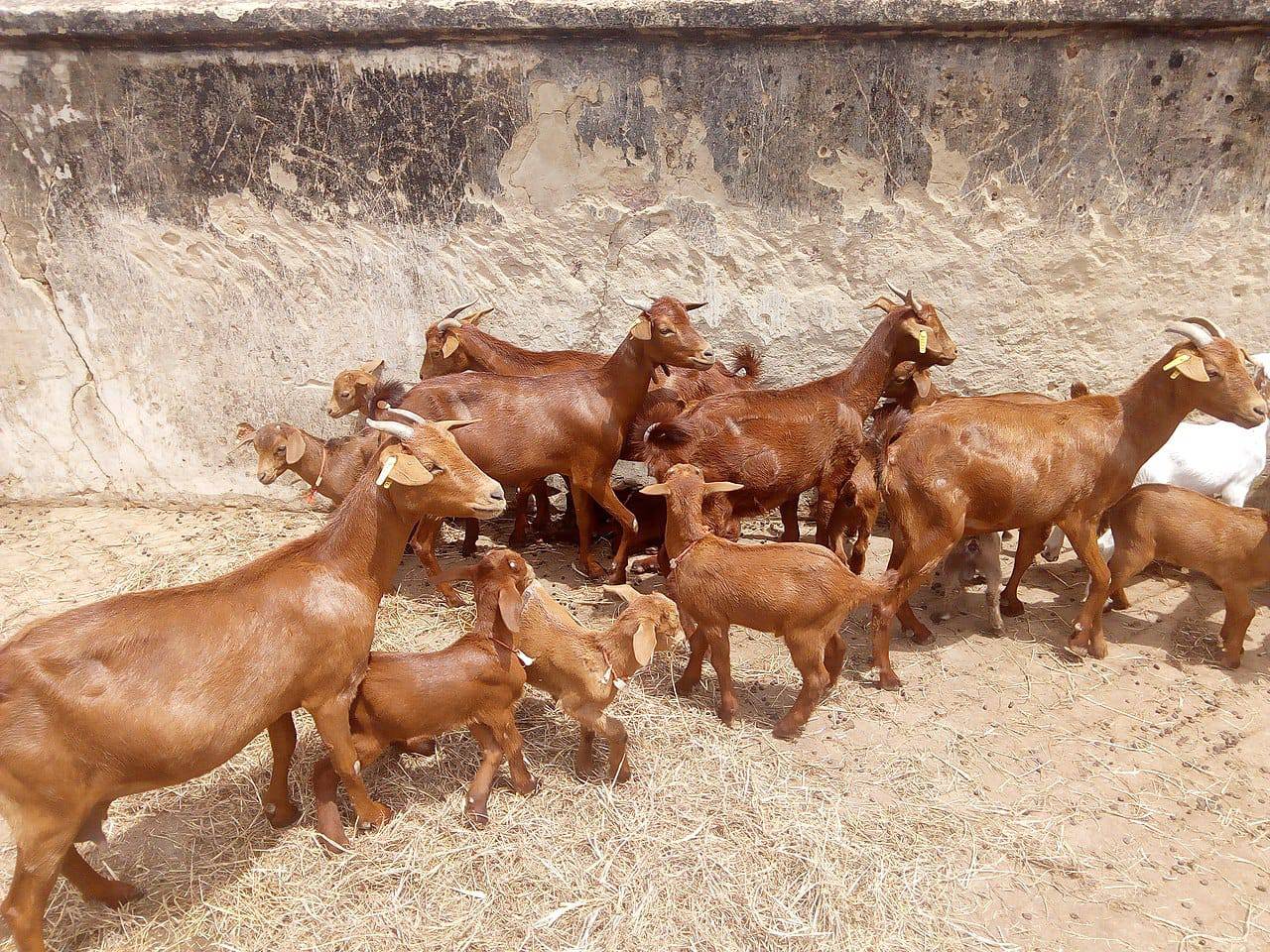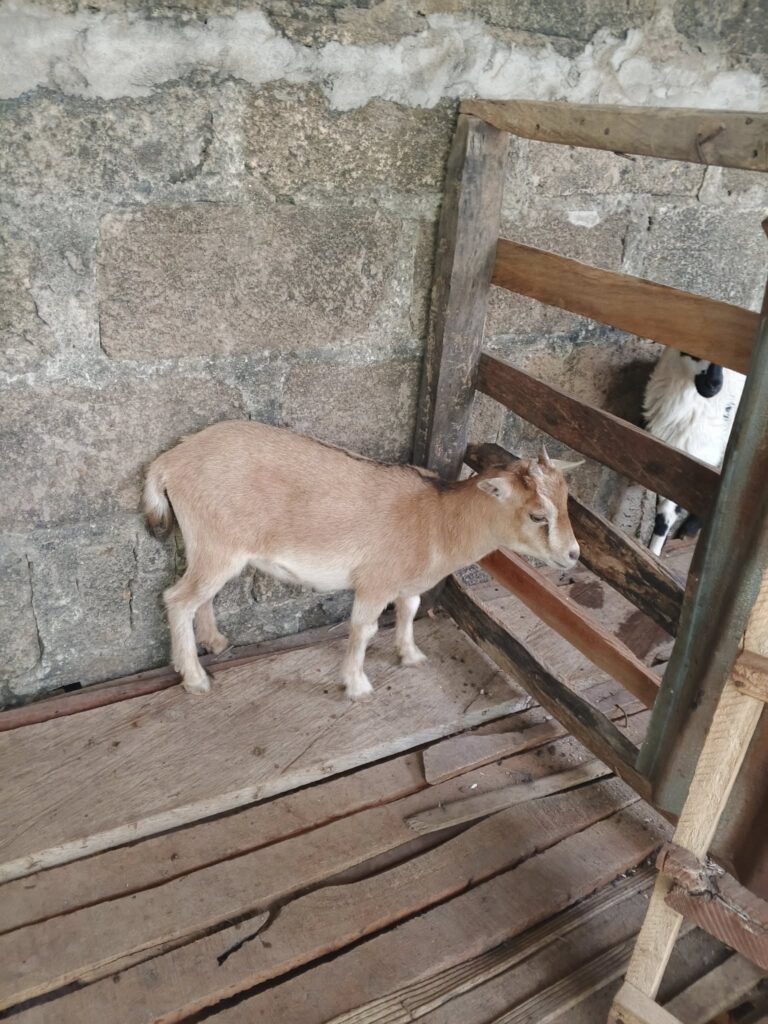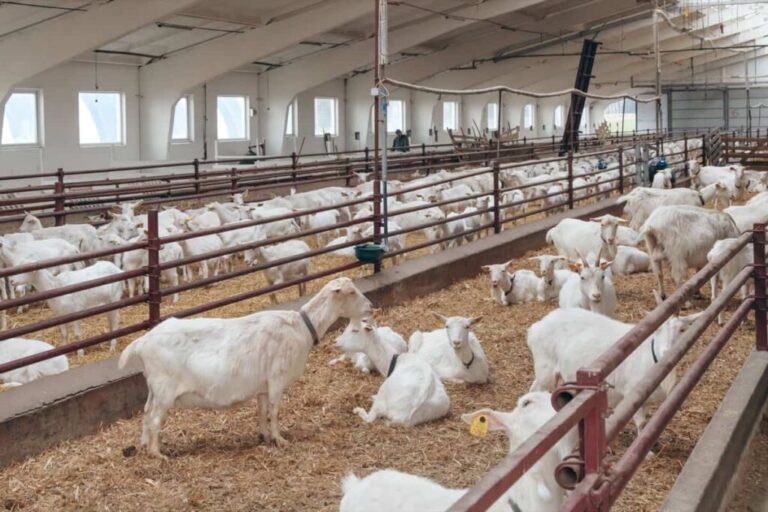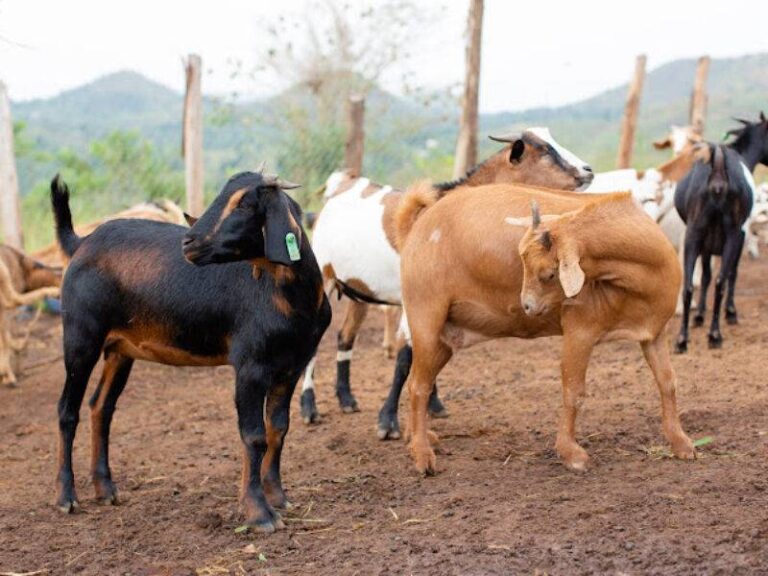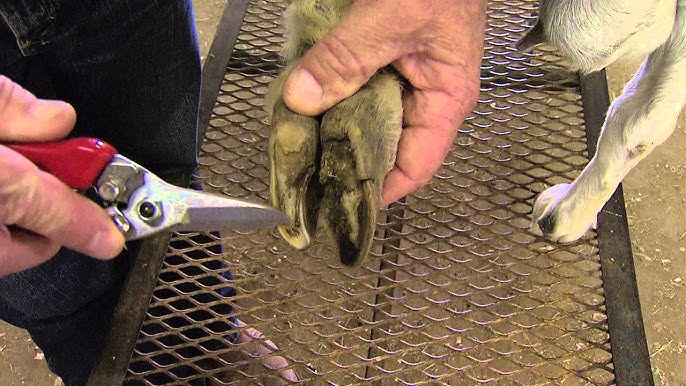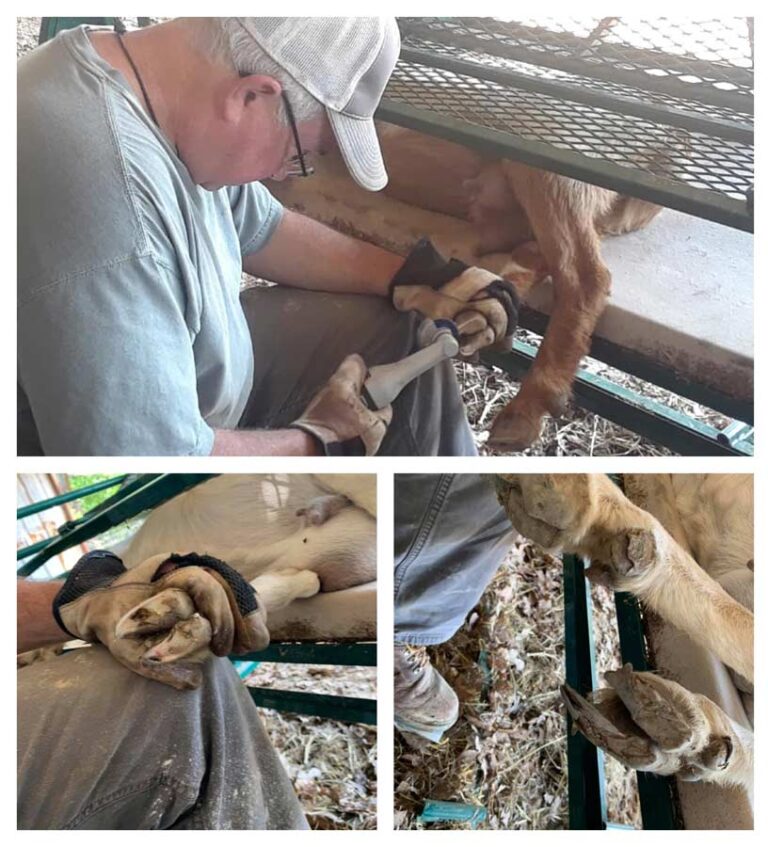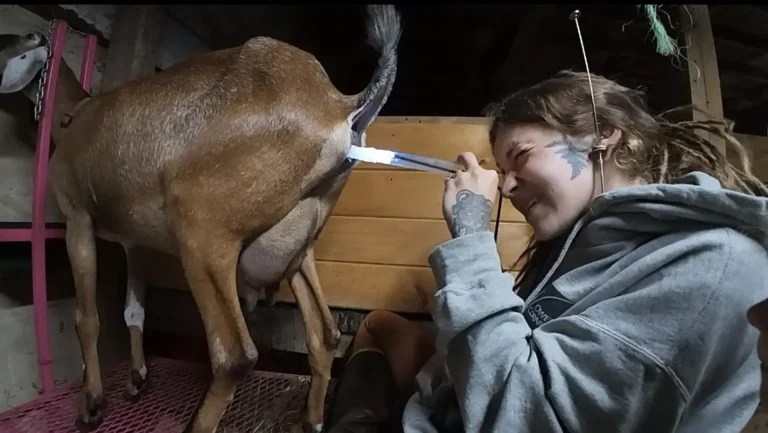Starting a goat farm can be one of the most rewarding agricultural ventures, both financially and personally. With relatively low startup costs, a fast reproduction cycle, and growing demand for goat products, the opportunities are promising.
However, profitability in goat farming doesn’t happen by accident. It requires strategic planning, careful breed selection, and day-to-day commitment.
This step-by-step guide walks you through how to start a goat farm that’s not only productive but also profitable.
1. Define Your Farming Objective Early
Every successful goat farming business begins with a clear purpose. Ask yourself what you want to produce: is it meat, milk, breeding stock, or fiber?
This decision determines everything from the breed you choose to the housing setup and marketing approach.
For instance, a farmer interested in goat meat might opt for fast-growing breeds like Boer or Kalahari Red, while one aiming to supply milk would go for Saanen, Alpine, or Nubian goats.
2. Conduct a Feasibility Study
Understanding your market and local conditions is key before making any investment. Identify where your customers will come from and what they prefer. Are there buyers for fresh goat milk, or is goat meat more in demand in your area?
In addition to market research, assess environmental conditions, local regulations, and available veterinary services.
The results of this research will shape your business plan and save you costly missteps down the line.
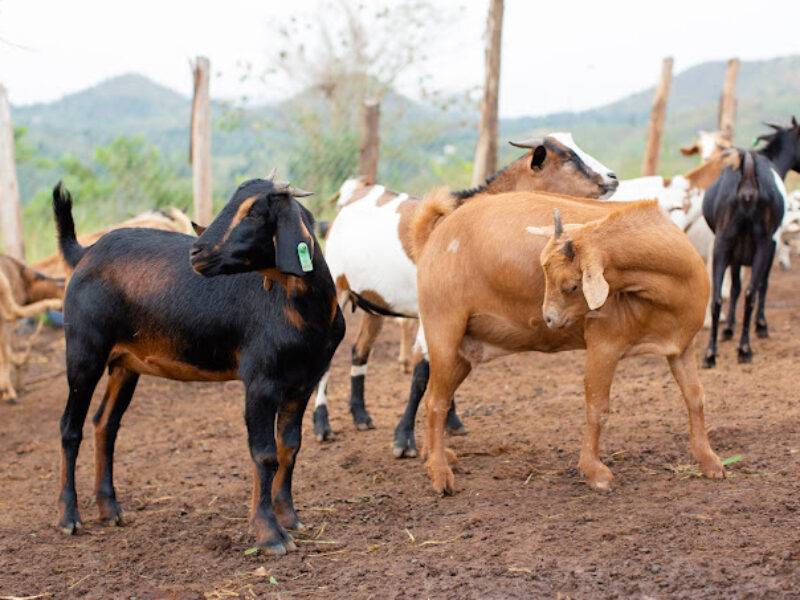
3. Choose the Right Location
Profitability begins with choosing a location that supports healthy goat production. Goats thrive in dry, well-drained environments with access to clean water and fresh forage.
Avoid swampy or overly humid areas that encourage disease. Also, consider proximity to markets or roads, as transportation costs can eat into your profits if your farm is too remote.
4. Select High-Quality Breeds
Breed selection directly affects your farm’s productivity.
For meat production, Boer, Kalahari Red, and Savanna goats offer excellent weight gain and meat yield.
For milk, Saanen, Alpine, and Nubian breeds are among the best performers.
Avoid starting with random or untested local goats, especially if profitability is your target. Instead, purchase healthy stock from reliable breeders with a track record of disease-free animals and strong genetics.
5. Construct Simple But Effective Housing
Goats don’t need fancy buildings, but they do need clean, dry, and well-ventilated shelters. Elevated floors help with drainage, while sloped roofing protects against rain.
Pens should allow for easy movement and separation of age groups or sick animals when necessary. Overcrowding must be avoided to reduce stress and minimise disease outbreaks.
A well-designed pen also makes cleaning and feeding more efficient, saving you time and labor in the long run.
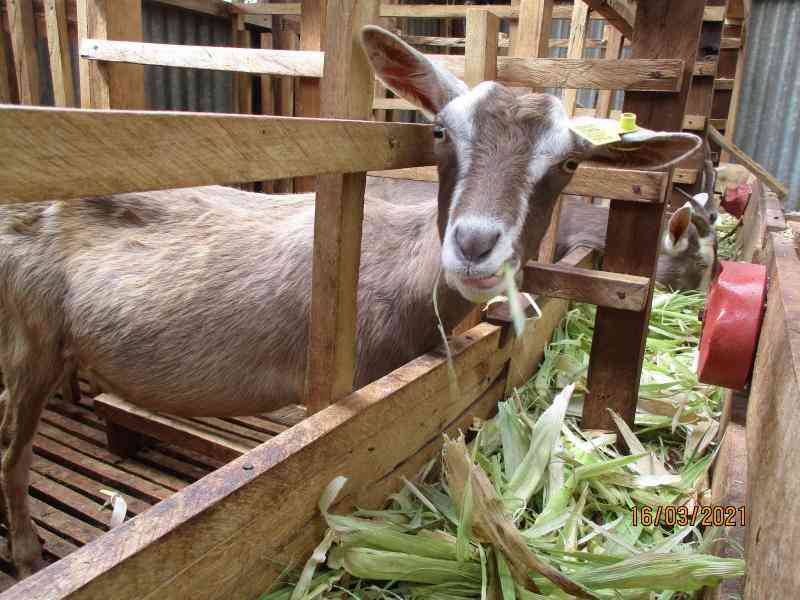
6. Set Up a Feeding and Grazing System
Goats are natural foragers, but relying solely on grazing won’t support commercial-level productivity.
Develop a feeding plan that includes access to grass, browse, and nutritional supplements like hay, grains, and mineral blocks.
In dry seasons or areas with limited pasture, consider cultivating fast-growing fodder crops such as maize, napier grass, or legumes.
Clean water must always be available, as dehydration can lead to poor growth and reduced fertility.
7. Implement a Breeding and Reproduction Plan
Strategic breeding keeps your herd productive and predictable. Plan breeding seasons around market demand, especially for meat goats, whose kids can be ready for sale within six to eight months.
Keep one quality buck for every 25–30 does, and avoid inbreeding by introducing new genetics every few years.
Keep records of birth dates, lineage, and performance to identify top-performing animals and improve herd quality over time.
8. Establish a Health Management Routine
Healthy goats are profitable goats. Set up a regular schedule for vaccinations, deworming, and parasite control.
Watch out for signs of common diseases like pneumonia, foot rot, and internal parasites, especially during rainy seasons.
Keep your pen clean, isolate sick animals, and consult a veterinarian when necessary.
Investing in animal health may seem costly at first, but it drastically reduces mortality and boosts productivity, directly impacting your bottom line.
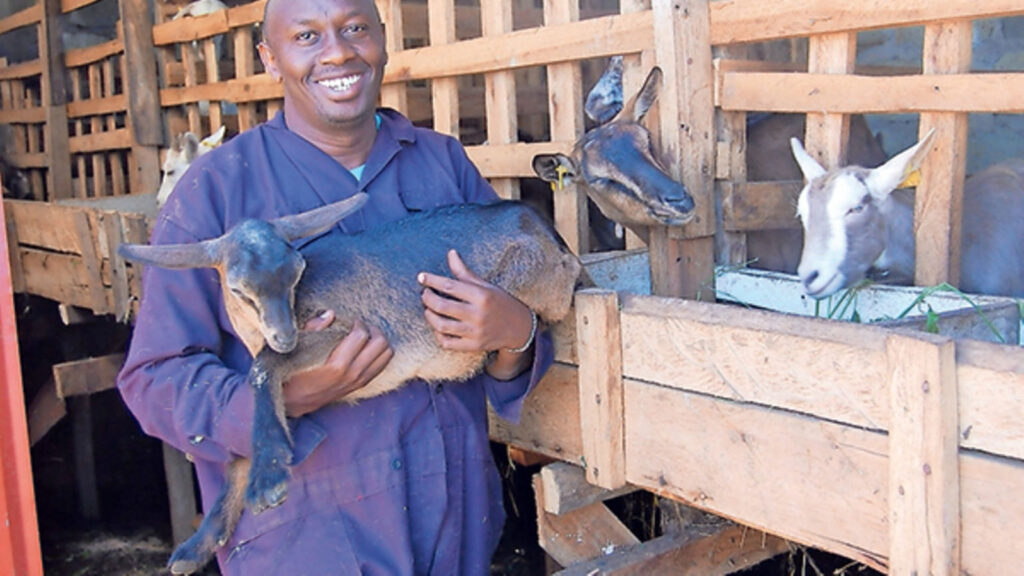
9. Keep Accurate Records and Track Costs
Profitability is not just about producing more; it’s also about managing expenses and knowing what works.
Maintain records of feed usage, birth rates, medication, breeding dates, and sales. Monitor input costs and calculate returns regularly to see if you’re truly making a profit.
This data helps you make better decisions, apply for funding, or adjust your pricing and marketing strategies.
10. Market Your Products Strategically
You may raise the best goats in the region, but if people don’t know about them, profits will be limited.
Start building relationships with butchers, goat meat vendors, dairy processors, and local consumers even before your first sale.
Use social media to showcase your farm, educate potential buyers, and share testimonials.
During festive seasons, demand for goats usually spikes; plan your breeding to take advantage of these peak periods.
Wrapping Up
Starting a profitable goat farm is a long-term commitment that begins with smart planning and ends with consistent management.
By choosing the right breed, ensuring proper care, feeding your goats well, and staying proactive about health and marketing, you can turn even a modest farm into a steady source of income.
Remember, the most successful farmers aren’t always the ones with the largest herds, but those who manage their resources, animals, and opportunities with precision and passion.
Related:

